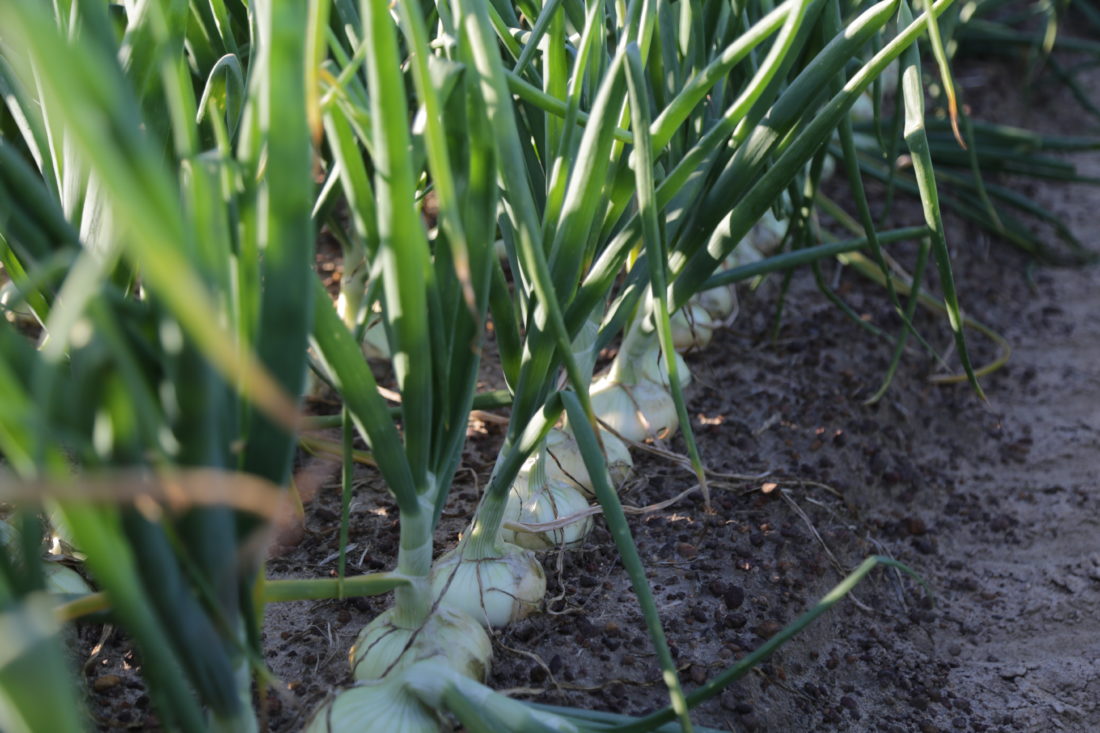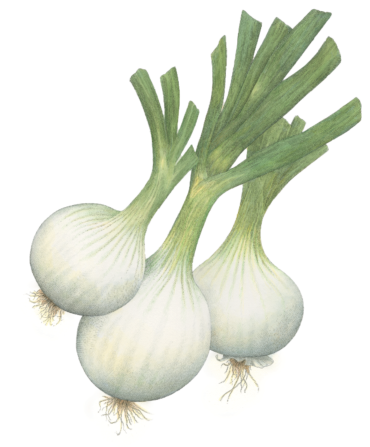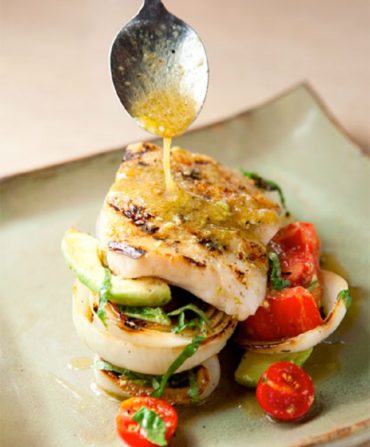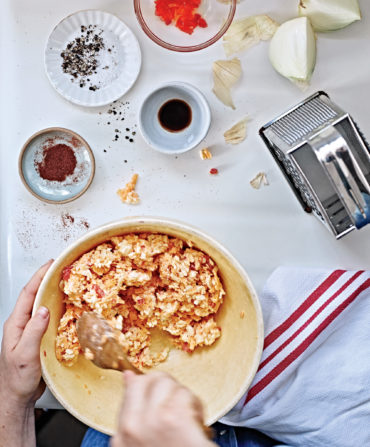After months of waiting, Vidalia onion season is finally upon us. This year, the pack date—when growers can legally begin selling a combined 200 million pounds of freshly harvested onions—has been set for Monday, April 22. While it may seem oddly specific to govern when a vegetable can hit the shelves, this rule, along with other regulations for Georgia’s famous bulb, are governed by the Vidalia Onion Act of 1986 to ensure each onion marked Vidalia is of the highest possible quality. “The Vidalia onion has proven to be the sweetest onion on earth,” says Gary Black, Georgia’s commissioner of agriculture. “The growers take that very seriously, and we take our job very seriously, too, because we want to protect the integrity of the brand.”

Georgia’s commissioner of agriculture, Gary Black.
Because Vidalia onions are special. In 1931, Moses Coleman planted ordinary yellow onions in the sandy soil of his Toombs County farm, likely having no idea they’d become an extraordinary phenomenon. Low sulfur levels in the soil mellowed the alliums’ sharp flavor. Before long, other farmers caught on and began peddling the naturally sweet onions up the road in Vidalia, Georgia, which at the time was a crossroads of some of the busiest thoroughfares in the state. Production grew and grew: By the mid 1970s, they were being grown on more than six hundred acres and sold on a national scale, and by 1990, the Vidalia onion became the official state vegetable of Georgia.
Here, just in time for onion season, Commissioner Black peels back the layers on one of the state’s unique exports.
What makes an onion a Vidalia onion?
Geography. The act states that an onion grown only in the “Vidalia onion production area” can be called a Vidalia. “That area is all or parts of twenty counties in Georgia and in Georgia alone,” Black says of the contiguous region around Toombs County. “It has to be a yellow granex onion, and there’s only a certain number of varieties that it can be. And it can’t mingle with other varieties during Vidalia season—you don’t want a non-Vidalia going in a Vidalia bag.”
Why establish a pack date?
The onions are planted around September and harvested by hand beginning in April; the purpose of the pack date is to ensure that no Vidalia is sold before it’s ready. The commissioner and an advisory committee made up of representative growers throughout the region set the date, which usually falls on the Monday of the last full week in April. “Once you establish that, it gives you a central point that governs crop-planting activities that go back to the fall,” Black says. “The rule also provides that the date can be adjusted up or back if there are weather conditions, since every year is different. This year, because of the way the spring has been, everybody feels like April 22 is right where it should be. Typically, our rule allows for it to start at midnight, but this year they just said, let’s move it up to 8 in the morning to not ruin everybody’s night.”
The onions are sweet due to the low sulfur in the soil. Does that affect any other crops grown in the area?
“Not really,” Black says. “There are some carrots grown in that area that have a sweetness to them, but agronomically, it’s not quite the same as the onions.” The region is also known for its sweet corn, pecans, peanuts, and row crops.
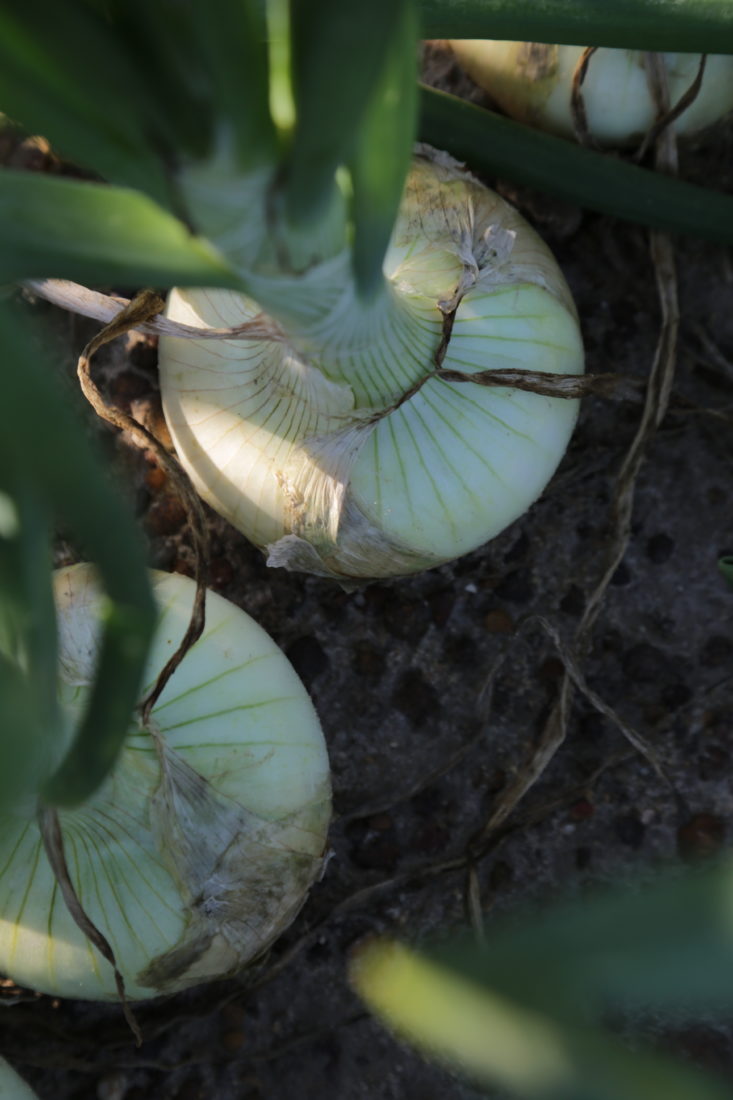
Photo: courtesy of Georgia Department of Agriculture
Vidalia onions
The Vidalia Onion Act of 1986 states that someone can be fined or serve jail time for falsely claiming an onion is a Vidalia. Has anyone ever been prosecuted for violating the act?
“We regularly enforce the rules, and those enforcement actions range,” Black says. “In the past, we’ve found that onions were being packed in Vidalia bags outside the growing region—that’s a violation. One time, they were being shipped in bulk to California and being repacked there, which was an interesting investigation. Once in Wisconsin, a grocery chain had very beautiful red Vidalia onions for sale in the middle of winter [real Vidalias aren’t red and are never available fresh in winter months]. That was a case of individuals who were trying sleight of hand. And each season there are people who simply make a mistake—for some reason the produce manager might put the wrong sign up. But we do monitor it very closely.”
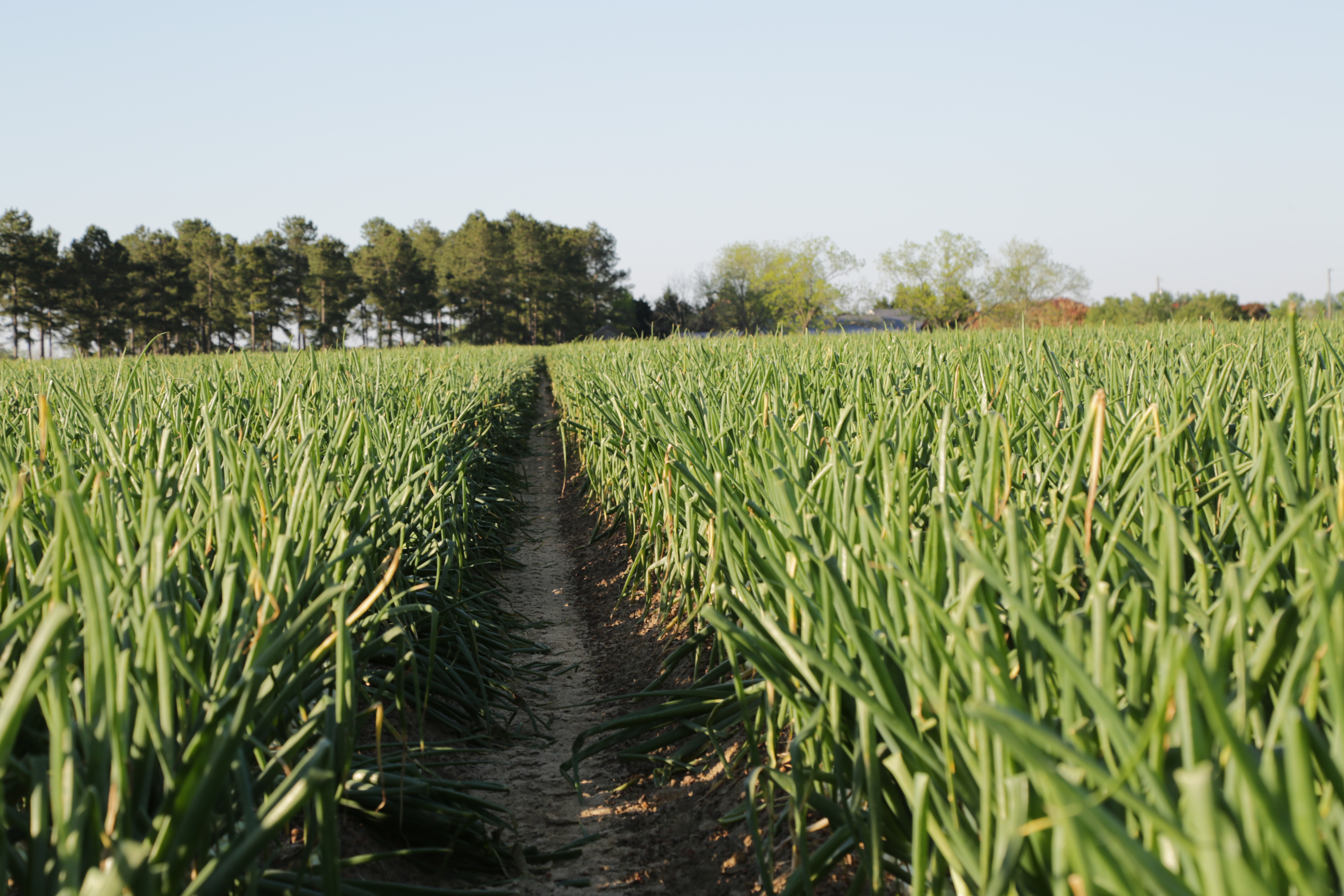
Photo: courtesy of Georgia Department of Agriculture
A Vidalia onion field in Southeast Georgia
What’s the best way to eat a Vidalia?
The onion’s mild flavor tastes great raw on burgers or grilled and incorporated into dishes that need just a little sweetening, Black says. (We recommend using it to sweeten a relish, give chicken bog a bit more body, or add a little zing to pimento cheese.) But Black also likes to keep it simple: “I love to cook,” he says. “And, probably my favorite way to eat them is straight-up onion rings.”


